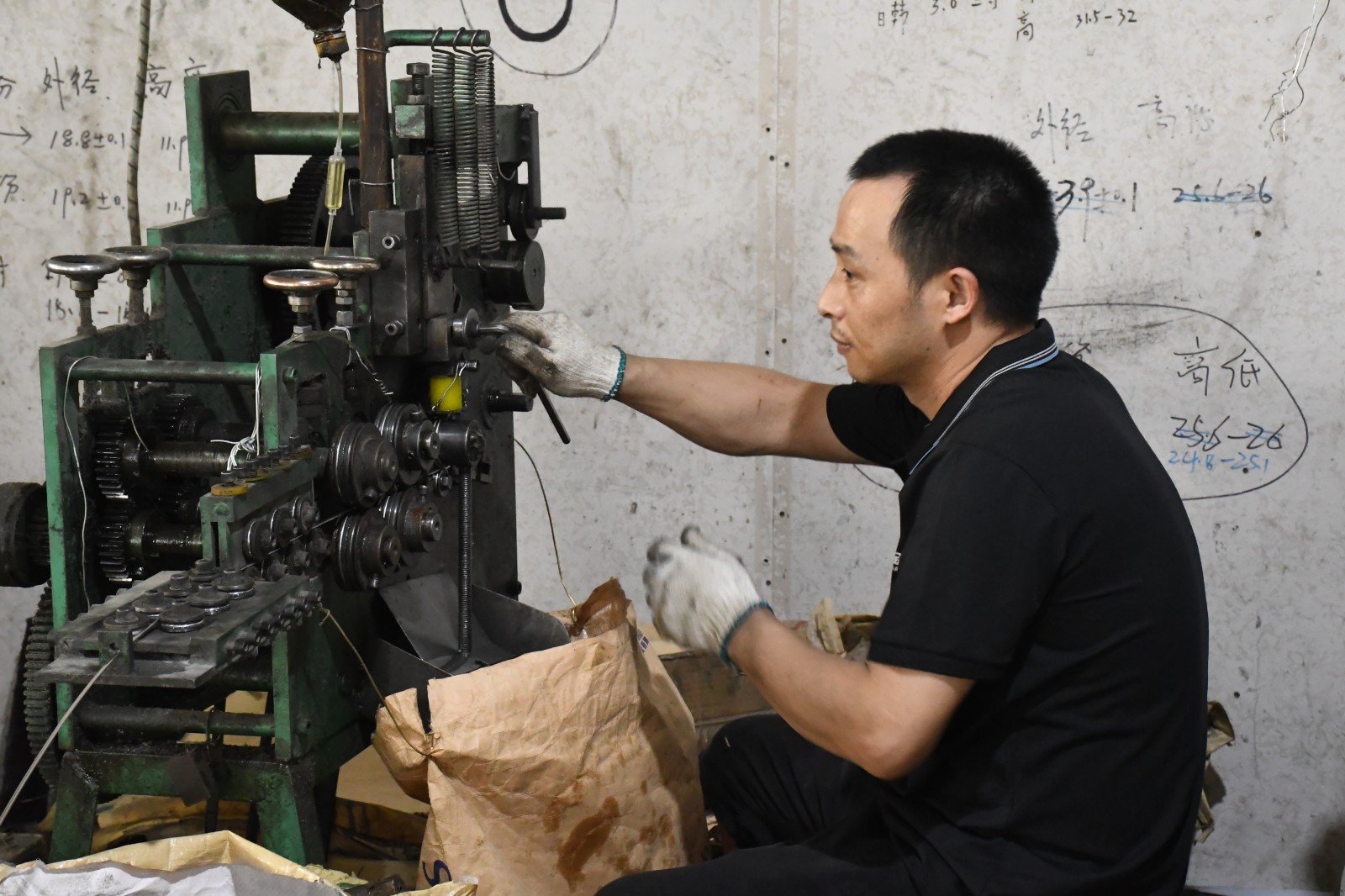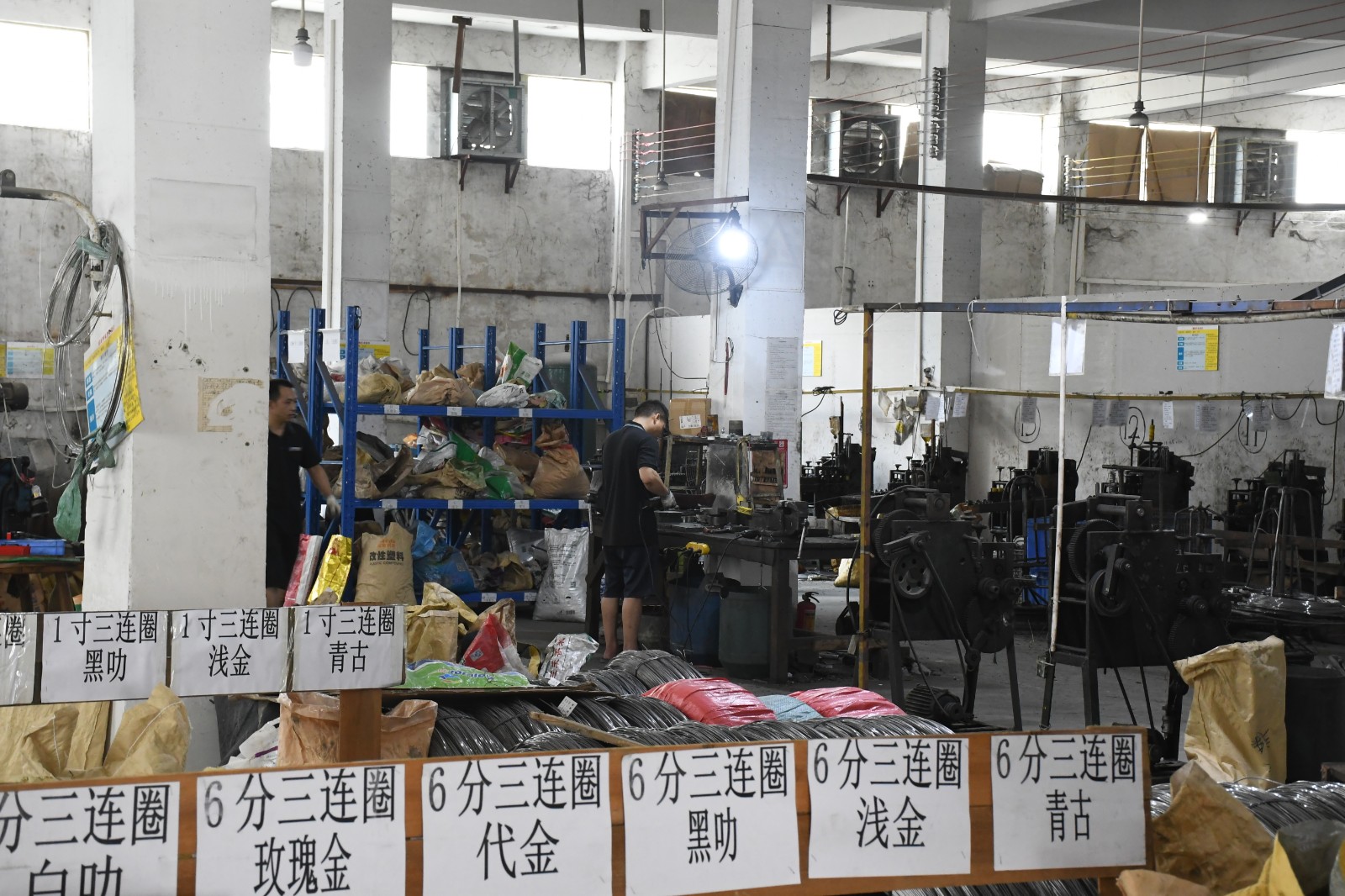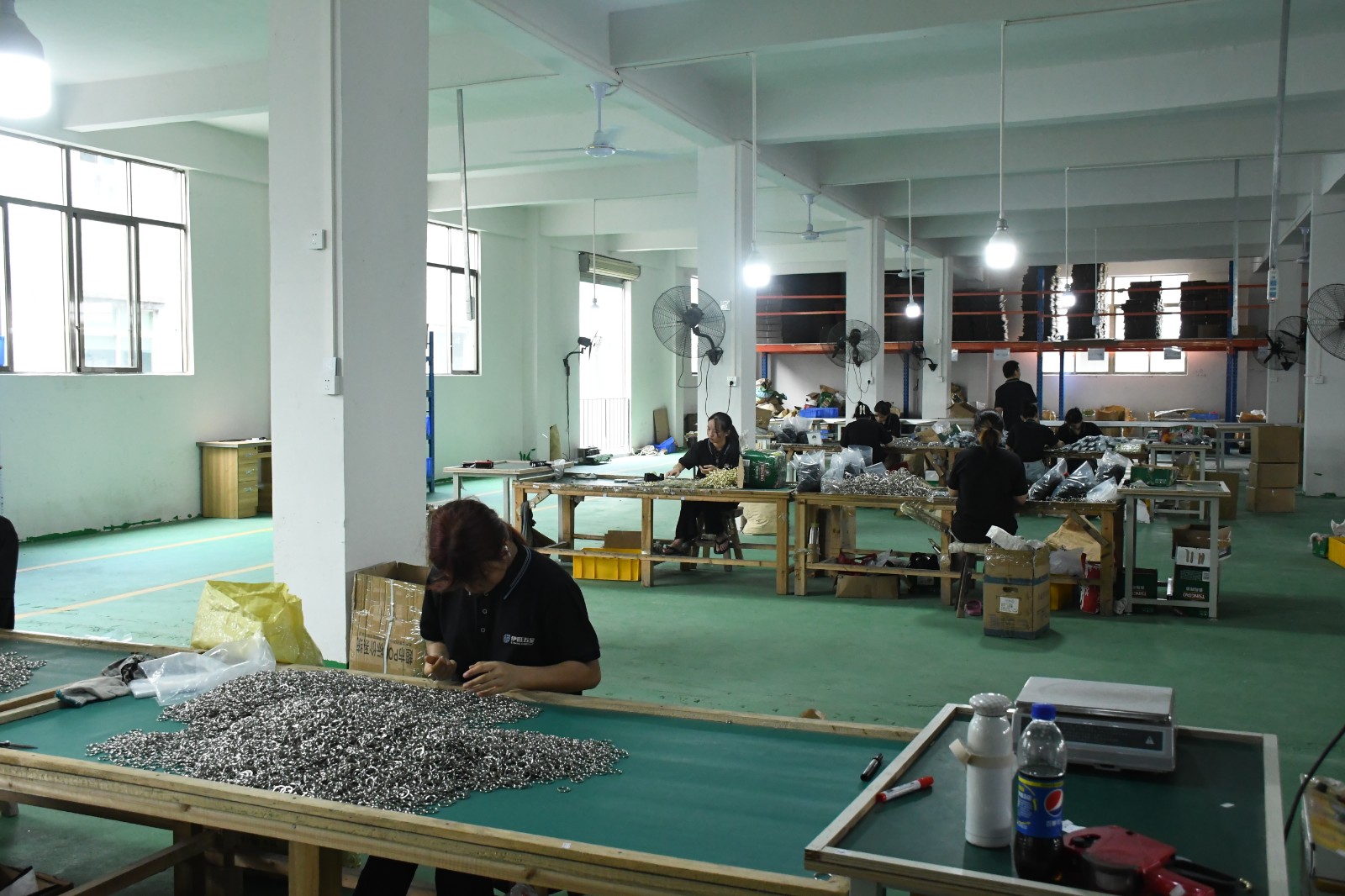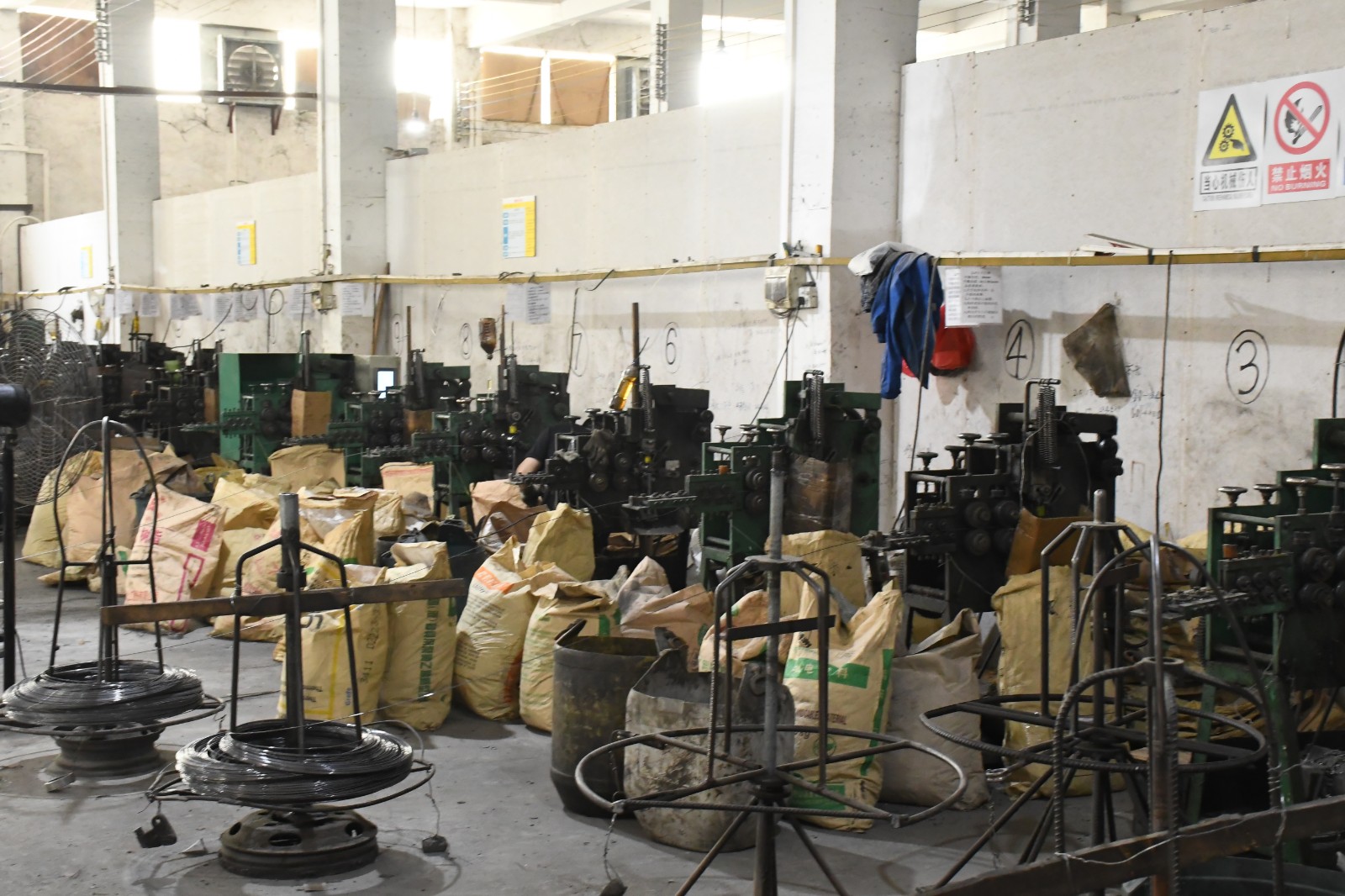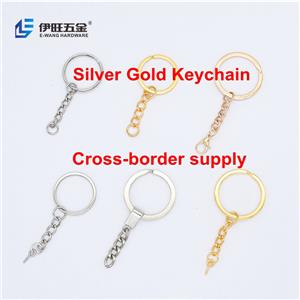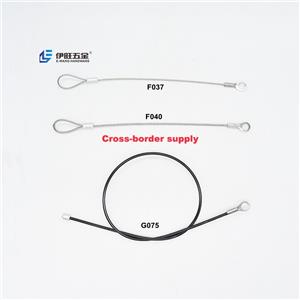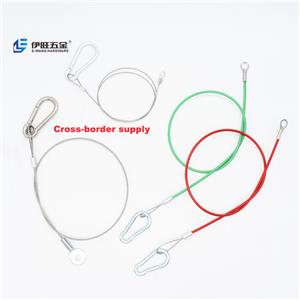Factory expansion and internal production situation
Title: Factory Expansion and Internal Production Situation
Introduction
In today's rapidly evolving global business landscape, companies often find themselves at a crossroads where the decision to expand their factory and adapt their internal production situation becomes critical for their growth and sustainability. This article delves into the intricacies of factory expansion and the internal production situation, shedding light on the reasons behind such moves, the challenges encountered, and the benefits reaped.
Reasons for Factory Expansion
Factory expansion is not a decision made lightly, as it requires substantial investment, strategic planning, and a deep understanding of the market dynamics. However, there are several compelling reasons for companies to undertake this challenging endeavor:
1. Increased Demand: A surge in product demand is one of the primary drivers for factory expansion. As a company's products gain popularity, there is a need to boost production capacity to meet customer expectations and capitalize on market opportunities.
2. Improved Efficiency: Factory expansion often involves incorporating modern technologies and automation to streamline production processes. These improvements can result in increased efficiency, reduced production costs, and enhanced product quality.
3. Diversification: Expanding a factory can also be a strategic move to diversify product lines. By offering a broader range of products, companies can reduce dependence on a single product or market, which can make them more resilient to economic fluctuations.
4. Global Expansion: Many companies seek to expand their global footprint, entering new markets or broadening their presence in existing ones. To cater to diverse customer needs, they may need to expand their production facilities in different regions.
5. Economies of Scale: Factory expansion can help companies achieve economies of scale, which lead to lower production costs per unit. This can enhance the competitiveness of their products in the market.
Challenges in Factory Expansion
Factory expansion is not without its challenges. Companies must navigate several hurdles to ensure a successful transition and reap the benefits of growth:
1. Capital Investment: Expanding a factory requires a significant upfront investment. Securing the necessary funds can be challenging, especially for small and medium-sized enterprises (SMEs). Companies often turn to loans, investors, or reinvested profits to finance expansion.
2. Regulatory Compliance: Expanding a factory often involves adhering to additional regulations, permits, and compliance requirements. Navigating the complex regulatory landscape can be time-consuming and costly.
3. Workforce and Talent: A larger factory typically requires a larger workforce. Finding and retaining skilled labor can be a major challenge, particularly in industries with specific skill requirements.
4. Supply Chain Management: Expanding production can strain a company's existing supply chain. Companies must reevaluate their suppliers, logistics, and distribution networks to ensure they can handle increased production volumes.
5. Timing and Coordination: Coordinating the expansion process to minimize disruption to ongoing operations is a logistical challenge. Companies often need to carefully plan and execute the expansion to avoid delays and productivity loss.
Internal Production Situation
The internal production situation within a factory plays a pivotal role in the success of any expansion endeavor. It encompasses the internal processes, workforce management, technology, and overall production ecosystem. Let's delve deeper into the elements that constitute the internal production situation:
1. **Process Optimization:** A critical aspect of the internal production situation is the optimization of manufacturing processes. This involves identifying bottlenecks, reducing waste, and streamlining workflows to enhance productivity and reduce costs.
2. **Quality Control:** Maintaining product quality is paramount. Companies need robust quality control measures to ensure that products meet or exceed industry standards and customer expectations. The internal production situation should emphasize rigorous quality assurance processes.
3. **Workforce Management:** The success of a factory expansion is heavily reliant on a skilled and motivated workforce. Companies must invest in training and development programs, as well as provide competitive compensation to attract and retain top talent.
4. **Technology Integration:** Modernizing production with the latest technologies is a crucial part of the internal production situation. This may include the adoption of IoT (Internet of Things) devices, automation, robotics, and data analytics to enhance efficiency and precision.
5. **Inventory Management:** Proper inventory management is vital to avoid overstocking or understocking of materials and finished goods. Effective inventory management ensures that the production process runs smoothly and cost-effectively.
6. **Environmental Considerations:** As environmental concerns grow, companies must factor sustainability into their internal production situation. Implementing eco-friendly practices can not only reduce a company's environmental footprint but also appeal to a broader customer base.
Benefits of a Well-Managed Internal Production Situation
An efficiently managed internal production situation offers a multitude of advantages:
1. **Cost Savings:** Streamlined processes, optimized workflows, and efficient resource utilization can lead to significant cost savings, enhancing a company's profitability.
2. **Productivity Gains:** Improved production methods and employee engagement can boost productivity, resulting in higher output and faster response to market demands.
3. **Competitive Advantage:** Companies with well-managed internal production situations are better equipped to compete in the market. They can deliver high-quality products on time, which can set them apart from competitors.
4. **Innovation and Adaptability:** By embracing technology and efficient processes, companies can more easily adapt to changing market conditions and innovate their products.
5. **Customer Satisfaction:** Consistently delivering high-quality products, on time, can lead to increased customer satisfaction and loyalty.
6. **Sustainability and Reputation:** A commitment to environmental and ethical practices can enhance a company's reputation and appeal to socially-conscious consumers.
Conclusion
Factory expansion and the internal production situation are intertwined aspects of a company's growth strategy. While expansion offers opportunities for increased market presence and profitability, a well-managed internal production situation is essential to realize these benefits. By addressing the challenges and optimizing their production processes, companies can thrive in an increasingly competitive global marketplace. Successful factory expansion and a well-managed internal production situation are pivotal in shaping a company's future and ensuring its sustainability.


